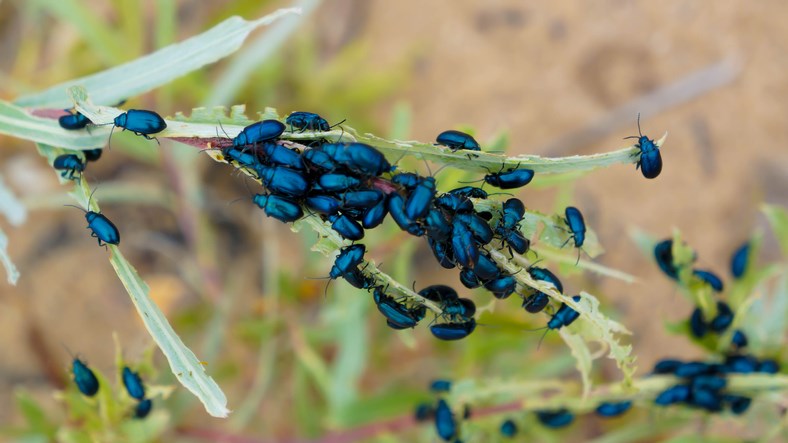Seeding is 99 per cent complete in the region, which is ahead of the five-year average (2016-20) for this time of year of 95 per cent, according to the province's June 1 to 7 northeastern crop report.
Many producers are wrapping up, but there were delays in seeding for some due to the rainfall received this week. Reseeding has been reported due to flea beetle and cutworm damage.
The Kinistino area received the highest amount of rain this week with 37 mm. The Spruce Home area reported 23 mm, the Arborfield area 19 mm, the Prince Albert area 15 mm, the Melfort area 13 mm and the Tisdale area nine mm.
With the rainfall received this week, moisture conditions were maintained with most fields being rated as largely adequate and a little short for topsoil moisture. Cropland topsoil moisture is rated as 85 per cent adequate and 15 per cent short. Hay and pasture land topsoil moisture is rated as 66 per cent adequate 33 per cent short and one per cent very short.
Germination and emergence is even in crops throughout the northeast region, but cool temperatures have slowed development in some areas.
The Northeastern crop report, provided by the provincial government, covers Hudson Bay, Tisdale, Melfort, Carrot River, Humboldt, Kinistino, Cudworth, Aberdeen, Prince Albert, Choiceland and Paddockwood areas.
East Central Saskatchewan
Seeding is at 99 per cent complete, ahead of the five-year average (2016-20) for this time of year of 97 per cent. With seeding wrapping up in the region, producers are
focusing more on weed and flea beetle control. The earlier seeded crops are emerging and growing well, but canola germination and emergence is slow in some areas because of the dry soil conditions.
The Esterhazy and Craik areas reported the highest amount of rainfall in the region this week with seven mm. The Humboldt and Allan areas reported five mm, the Pelly area four mm and the Kelvington and Rose Valley areas two mm.
The crop, hay and pasture land moisture conditions continue to decline due to low amounts of rainfall and strong dry winds. Cropland topsoil moisture is rated as 52 per cent adequate and 44 per cent short and four per cent very short. Hay and pasture land topsoil moisture is rated as 33 per cent adequate, 60 per cent short and seven per cent very short.
Twenty per cent of the fall cereal crops are in the shot blade stage and 16 per cent are heading, while 31 per cent of the spring cereals are tillering. Forty-four per cent of canola and mustard is emerging and 32 per cent is in the seedling stage, along with 19 per cent of flax. Forty per cent of the pulse crops are emerging and 56 per cent is in the vegetative stage.
The majority of crop damage this week was due to strong winds, lack of moisture, flea beetles and cutworms.
Producers have been busy moving livestock to pasture, hauling grain, scouting fields and spraying for both weeds and insect pests such as flea beetles and cutworms.
The East Central crop report, provided by the provincial government, covers Watrous, Melville, Yorkton, Cupar, Kamsack, Foam Lake, Preeceville, Kelvington, Lumsden, Craik and Clavet areas



